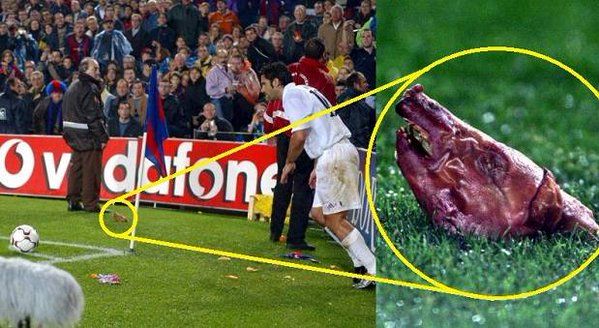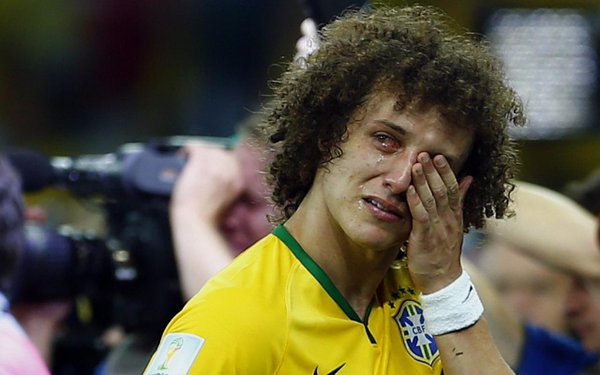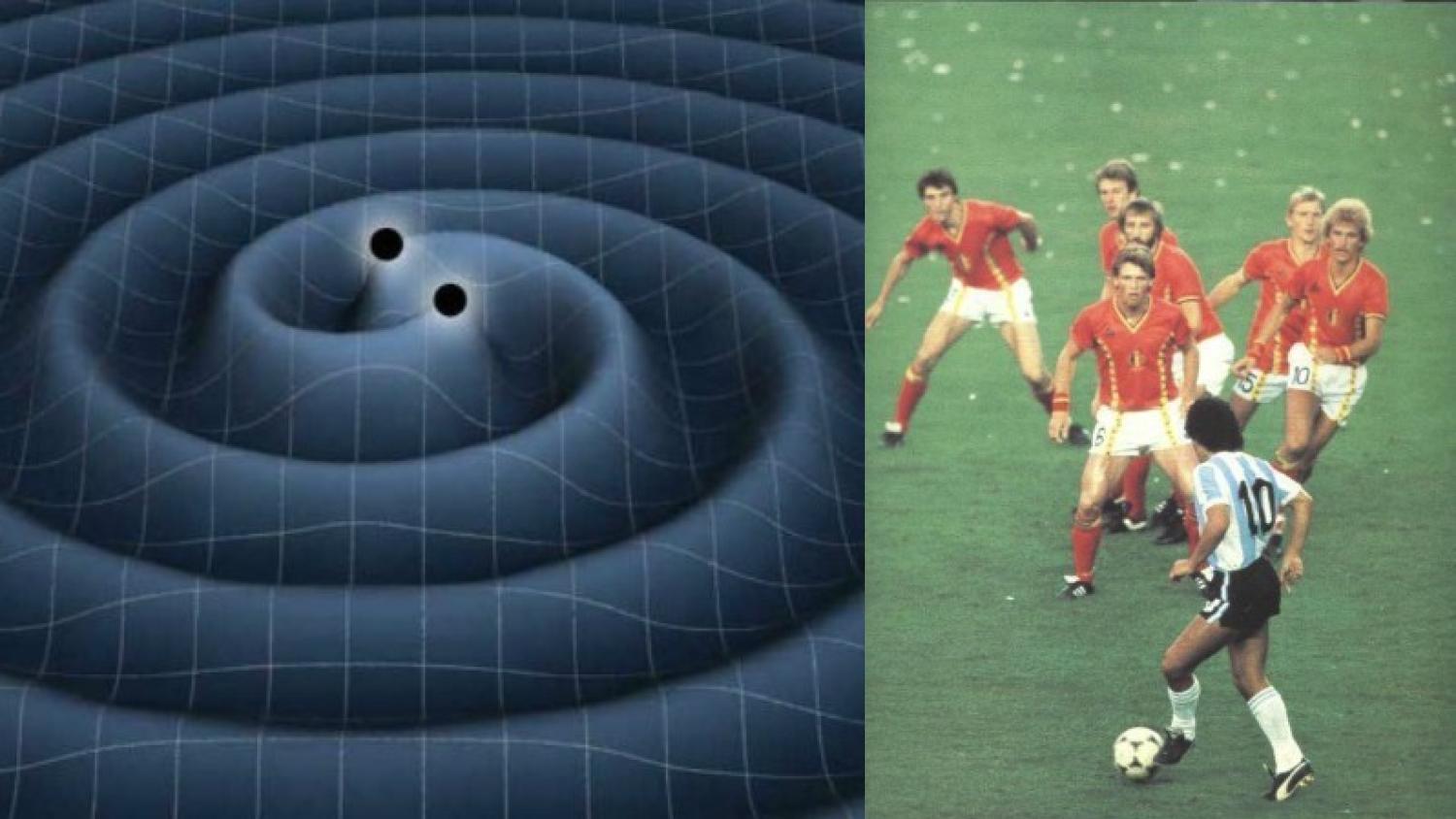US scientists are on the verge of announcing the discovery of gravitational waves, ripples in spacetime that Albert Einstein first predicted over 100 years ago.
Basically, you can visualize gravitational waves in the same way that a pool of water would react to any kind of disturbance. If you were to drag your hand through still water, waves would follow the path of your hand, spreading outward through the pool. Any object moving through spacetime would create such waves.
Although the majority of these ripples are tiny, unnoticable and fade out relatively quickly, catastrophic events, such as the collision of two massive black holes, could create the kinds of gravitational waves that we could detect here on Earth.
Scientists have been on the hunt for gravitational waves for decades, attempting to find signs of telltale movement that could only be caused by the passing of these ripples. The US have detectors in Washington and Louisiana which are setup to capture these passing waves, and the discovery will be made undeniable thanks to the formation of a new black hole 62 times the mass of the sun.
However, the brain trust at The18 knows that these laser instruments and their decade long pursuit and observation of the fabric of spacetime was a giant waste of time. Events in the footballing world, if they'd been the focus of careful measurement, could’ve revealed ripples in the fabric of spacetime much sooner.
5 Times Soccer Could’ve Been Used To Discover Gravitational Waves
#1: Clarence Seedorf’s 1997 Thunderbastard
Clarence Seedorf was guilty of unforgivable violence when he scored this screamer against Atletico Madrid in 1997. Dubbed “The Most Powerful Goal Of All Time”, this howitzer of a shot was measured at 64.2 miles per hour as it flew into the net from fully 40 yards out.
The impact of Seedorf’s boot on the poor, unsuspecting ball supposedly created a small black hole on the pitch of the Santiago Bernabéu, which can occasionally be witnessed when Cristiano Ronaldo is inexplicably pulled into it.
#2: Luis Figo Transfers from Barcelona to Real Madrid

Photos: @sportlobster | Twitter
In July of 2000, Luis Figo completed one of the most surprising and controversial transfers in the history of soccer by moving from Barcelona to Real Madrid. The $60.1 million fee was a new world record at the time and the sense of betrayal that Barcelona fans felt (Figo had been a leading player for five seasons at Barca) was coupled with the fact that their rivals now had one of the most talented wingers in all of soccer.
98,000 Barcelona supporters gave him hell on his return to the Camp Nou, labelling him a traitor, Judas, scum and mercenary among other unprintable things.
The clash of Barcelona and Real Madrid is one of the most cataclysmic events on planet Earth. The apocalyptic response of Barcelona fans to this transfer would’ve sent gravitational waves bounding across the cosmos, most likely to be discovered by another Earth-like planet that will use this event for their own scientific benefit. You’re welcome.
#3: The US women’s national team winning the 1999 World Cup

Photo: @DJONEWAY2DAY | Twitter
Setting in motion events which would ultimately lead to the United States’ third World Cup triumph in 2015, the 1999 US women’s team caused ripples and reverberations in spacetime that are still being felt today.
Sports Illustrated’s 1999 Sportswomen of the Year, an award that was typically designated as the Sportsman of the Year, consisted of an unforgettable squad containing the likes of Mia Hamm, Brandi Chastain, Michelle Akers and Julie Foudy. The US rode an incredible wave of home support to six consecutive victories, culminating in a dramatic penalty shootout victory over China PR in the final.
The 1999 USWNT team set in motion future generations of players which would look to emulate one of the greatest teams in the history of American athletics.
#4: Germany obliterates Brazil 7-1 at the 2014 World Cup

Photos: @De_Imperial | Twitter
Brazil’s dramatic and catastrophic destruction at the hands of Germany in the 2014 World Cup was extremely similar to an astronomical supernova. As a young, vibrant and bright yellow star, Brazil held a romance that was unmatched. The Little Canaries dazzled with flicks, tricks and offensive abandon that made opponents wilt before they’d even taken the field.
The last three World Cups (2006, 2010 and 2014) saw the Brazilian light fade noticeably, culminating in one final titanic explosion against Germany. Brazil’s core had collapsed, Fernandinho, David Luiz and Fred shattering into nothing but gas and dust in the space of 90 minutes.
The fall of their team saw Brazilians shamefully exit the Estácio Mineirao at the same velocity of exploding planetary material, at about 10% of the speed of light.
#5: Maradona’s “Feet of God” goal versus England
Argentina’s 2-1 defeat of England during the World Cup quarter-final of 1986 will be remembered for two entirely different reasons. The first preceeded one of the greatest goals in the history of the game by only four minutes. Maradona had opened the scoring in front of 114,580 Estadio Azteca spectators by infamously punching the ball into the net, dubiously referred to as “The Hand of God” goal.
Then in the 55th minute, Maradona put Argentina up 2-0, this time with his feet. The only description that could do justice to this goal came from Argentine commentator Victor Hugo:
“I want to cry! Hold God! Viva football! I want to cry! Please forgive me! Maradona on an unforgettable run, with the best move of all time! What planet did you come from?! To leave the British on their way!? To make a whole nation cry?! Thank you God! Thank you for football! Thank you for Maradona! Thank you for these tears!”



